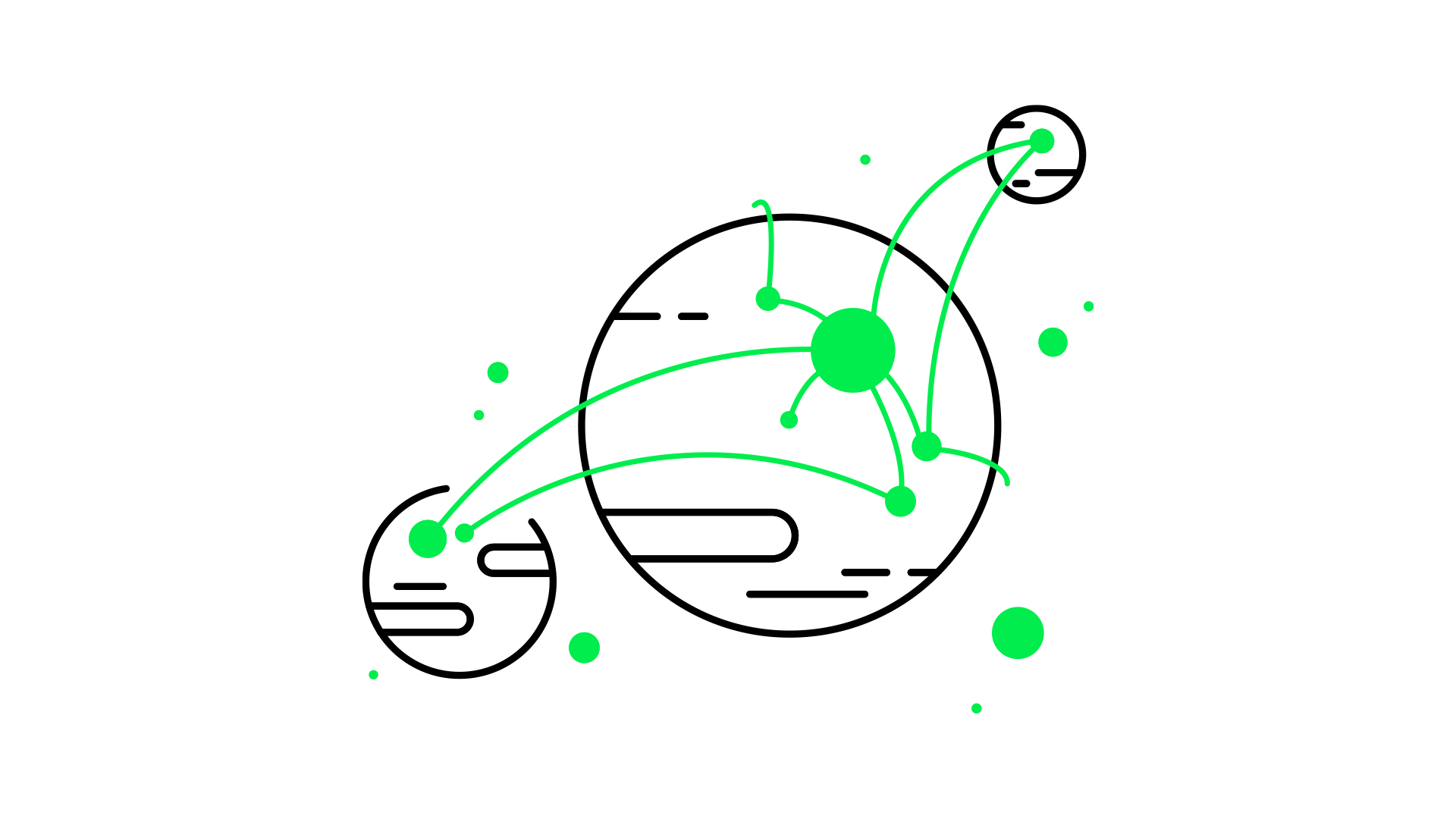New management model
This management model is about conscious choice and the consequences of change – rejecting and challenging existing ways of thinking and traditional management tools that we know.
Breaking the pattern
Organizations based on self-managing teams break the pattern of hierarchical companies, based on power and responsibility gathered around a handful of people who are at the same time quite far from the real problems of the teams. They give power and decision-making to units and teams made up of those units that are closest to the places where you need to make quick and best decisions.
Transparent communication
All information and documents that help to better understand the purposefulness of the decisions made are open inside the organization. This applies in particular to the company’s financial results as well as such basic things as public Microsoft Teams channels and employee calendars. Self-management does not exist without transparency. We are developing a culture of #orientyourself, but we also want the necessary information to be easily discoverable.

Self-managing teams
Each team independently decides about its structure, because it knows best what competencies included in the roles it needs.
Decision-making process
The decision-making process in SYZYGY is distributed to everyone in the organization. However, this does not mean that everyone has to agree to take some action or put the initiative into practice. We do not seek consensus, but actively ask for advice and feedback.


Salary system
At SYZYGY, we formed a working group composed of the roles of Salary Guardians, which introduced the organization to the several-stage pay rise process. An important difference is focusing on the intrinsic motivation of the person applying for a raise and trying to assess the impact of their actions on three levels: individual, team and organizational.
Roles instead of job titles
We do not operate like most organizations – we are not limited by the hierarchy and competencies assigned to the position.
The roles are tailored to the predispositions of individual team members. Freed from the traditional hierarchy, we have a better chance of doing what we do best, in a way that best suits our current skills. The position is not defined by the labels, but by the responsibility of the role.
It also means that multiple people can play the same role, and that one person often has multiple roles on several teams. But their scope, name and allocation are never imposed.



